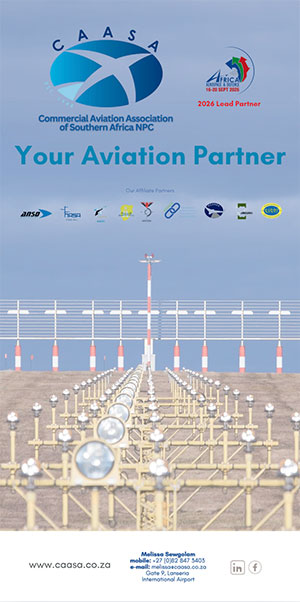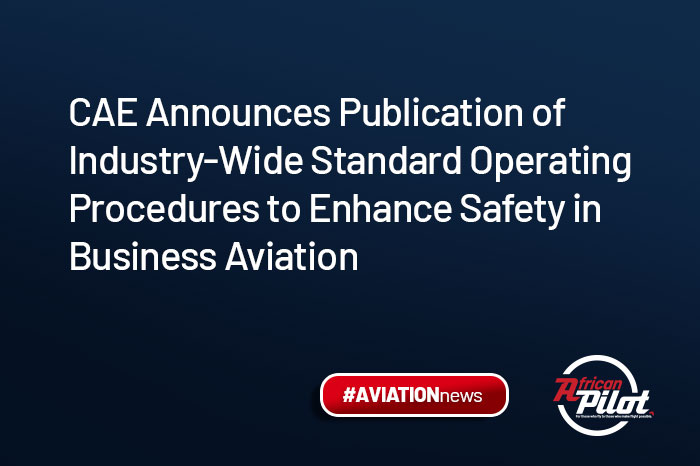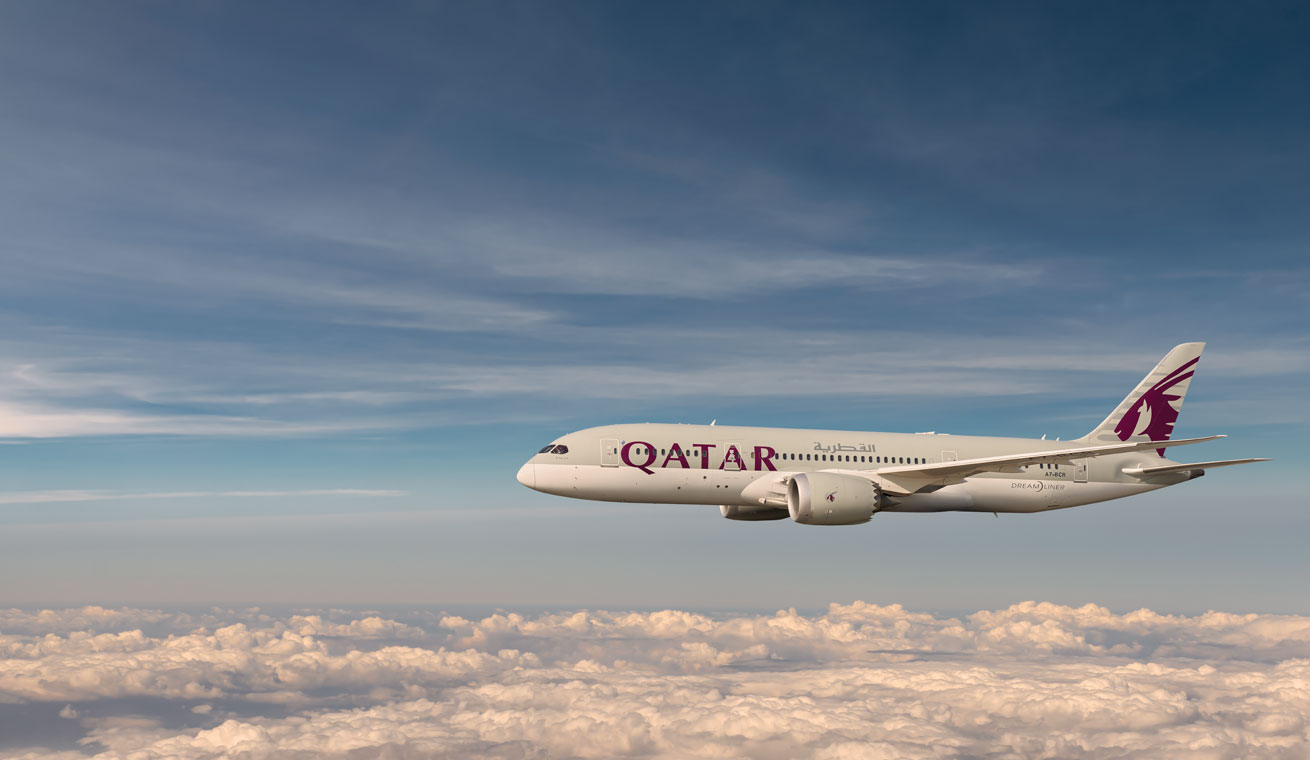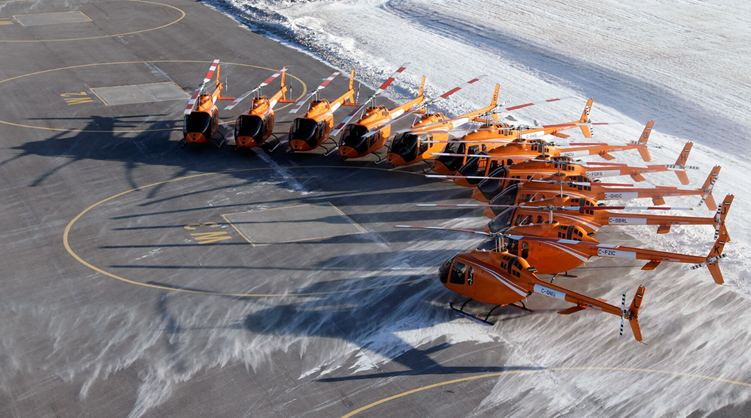- 1.5 million civil aviation professionals will be needed globally by 2034 to support growing demand and offset retirements.
- New roles identified include 71,000 air traffic controllers, alongside 267,000 pilots, 347,000 maintenance technicians, and 678,000 cabin crew for commercial aviation.
- Business aviation growth will require an additional 102,000 professionals, including 33,000 pilots and 69,000 technicians.
- Asia Pacific leads demand, driven by rapid air travel growth; training capacity and retention challenges remain critical across all regions.
- High dropout rates are a concern, with up to 30% of air traffic control students in the U.S. not completing training.
- CAE is investing in next-generation training tools, including an immersive pilot training app using Apple Vision Pro and an advanced image generator based on gaming technology.
An estimated 1.5 million civil aviation professionals will be needed worldwide by 2034, according to CAE’s biennial Aviation Talent Forecast, released during the Paris International Air Show. The comprehensive 2025 edition of the forecast analyses the need for pilots, aircraft maintenance technicians, cabin crew, and, for the first time, air traffic controllers, predicting that 71,000 controllers will be needed globally over the next 10 years.
The 2025 CAE Aviation Talent Forecast reports that 1,292,000 commercial aviation professionals will be needed – 267,000 pilots, 347,000 aviation maintenance technicians, and 678,000 cabin crew – with the largest percentage required to meet rapidly rising demand in the Asia Pacific region. In addition, 102,000 business aviation professionals are expected to be needed worldwide over the next 10 years, including 33,000 pilots and 69,000 aircraft maintenance technicians.
“The need for 1.5 million new aviation professionals by 2034 is being driven by record demand for air travel and a significant wave of retirements that is expected across all categories. With commercial and business aviation fleets expected to see double digit increases over the next 10 years, the industry must take action to attract, train, and retain personnel. Highly skilled aviation professionals are not just a necessity for the safety of the air transport system, they are the foundation for the successful expansion and resilience of the global aviation sector,” explains Marie-Christine Cloutier, Vice-President – Strategy, Performance, Air Traffic Services & Marketing at CAE.
“To meet the demand, the industry needs to be proactive and creative. Adaptability and optimised training will be key to supplying the demand,” she says.
Attracting talent is one challenge. Another is ensuring qualified candidates make it through graduation and into the workforce. Across all professions covered in the report, dropout and failure rates are higher than they should be. For example, in the United States alone, a staggering 30% of paid air traffic control students do not complete their training, according to the National Airspace System Safety Review Team.
“We need a comprehensive training environment that caters to the way new generations learn and thrive. At CAE, part of our solution is investing significantly in innovation and technology. Some of our latest advancements include CAE’s immersive pilot training app using Apple Vision Pro, and the CAE Prodigy Image Generator, our ultra-realistic 3D visual system using gaming technology,” Cloutier explains.
The Aviation Talent Forecast is a strategic tool for stakeholders across the aviation ecosystem which analyses the upcoming talent demand, the drivers behind that demand, and actionable strategies the industry can adopt to attract and retain talent. The report also offers insightful perspectives on the industry’s transformation through advanced training, sustainable practices, and diverse talent acquisition. It also underscores how technology, sustainability, and diversity are shaping the future of the industry and strengthening the talent pipeline.
Access the report here: https://www.cae.com/2025-aviation-talent-forecast?utm_source=x&utm_medium=social&utm_campaign=pas25
Thoughts from the African Pilot Editor:
The latest CAE Aviation Talent Forecast estimates that Africa will require approximately 63,000 new aviation professionals over the next decade, comprising 21,000 pilots, 20,000 aircraft maintenance technicians, and 22,000 cabin crew. This forecast reflects the continent’s measured recovery from the pandemic and an increasing focus on expanding intra-African air connectivity.
Fleet expansion and route development by African carriers are expected to be key drivers of this demand. As airlines seek to serve a more mobile and economically active population, and reach underserved regional markets, the pressure to attract, train, and retain qualified aviation personnel will intensify. However, mirroring global trends, Africa’s aviation workforce is ageing, particularly in pilot and maintenance roles, making the development of the next generation of professionals a strategic imperative.
The report highlights a significant constraint – Africa’s limited training infrastructure. While airlines on the continent are gearing up for growth, the capacity to train aviation professionals to the necessary scale and standard remains insufficient. There is a clear need for investment in local training ecosystems—including flight simulators, technical maintenance schools, and cabin crew training centres—many of which remain underdeveloped or inaccessible in parts of the continent.
Nonetheless, Africa holds a demographic advantage. With one of the world’s youngest populations, the region has the potential to become a significant global talent source for the aviation sector. Realising this potential will depend on aligning education systems with industry needs and fostering inclusive access to aviation careers, particularly for underrepresented groups, including women and youth.
The forecast further notes that Africa’s aviation growth is intrinsically linked to the success of regional integration initiatives such as the African Continental Free Trade Area (AfCFTA). As infrastructure develops and trade corridors are established, the demand for reliable and safe air services will grow—creating both employment opportunities and the need for upskilling across the sector.
To fully realise its aviation potential, a coordinated response is needed—one that includes not just airlines and training institutions, but also governments, regulators, and private sector partners willing to invest in long-term capacity building.














